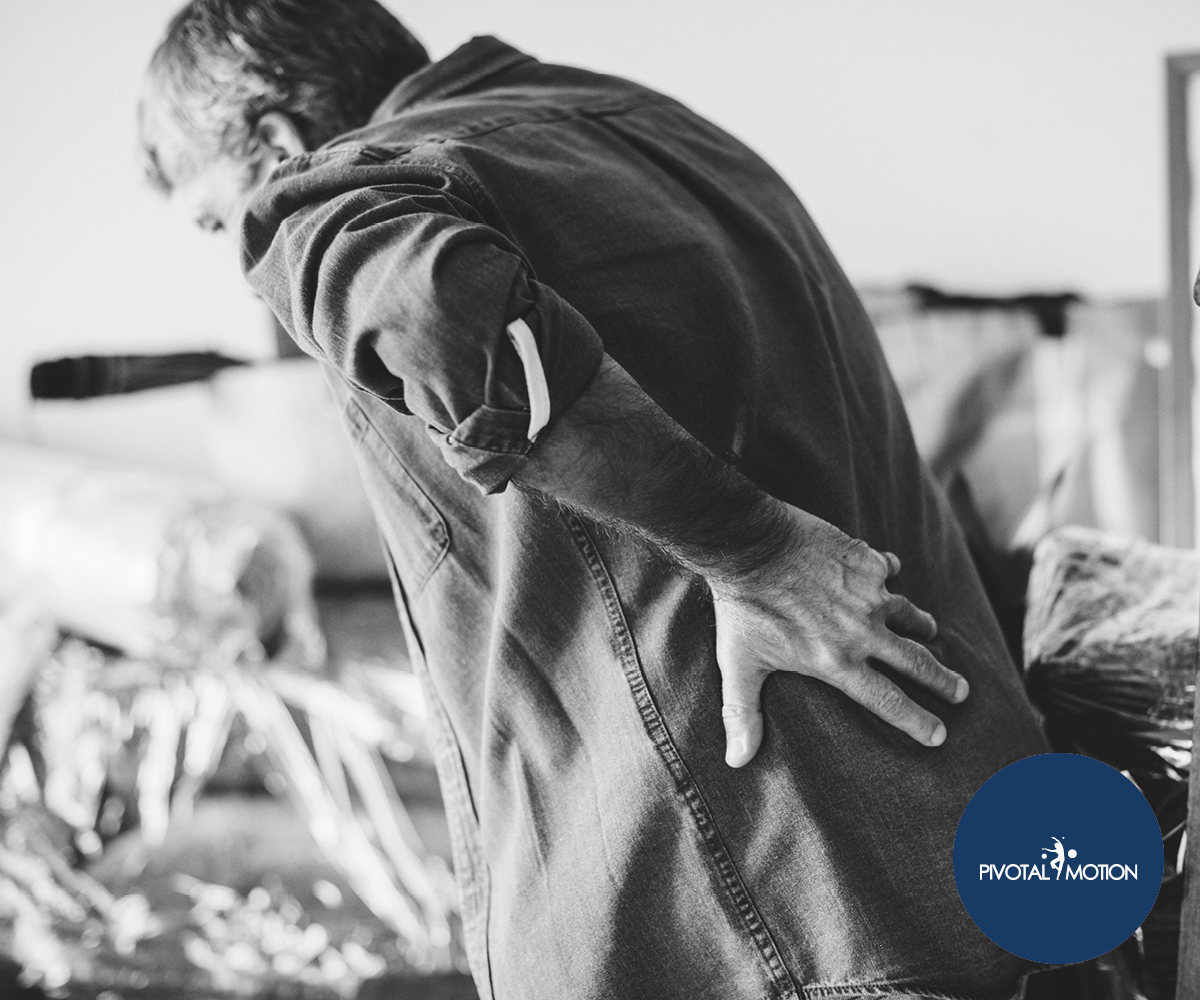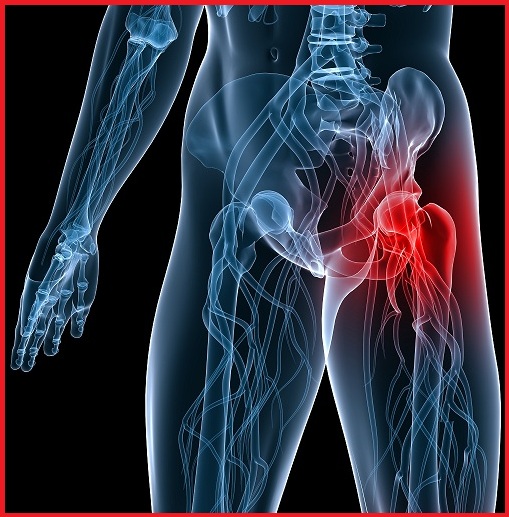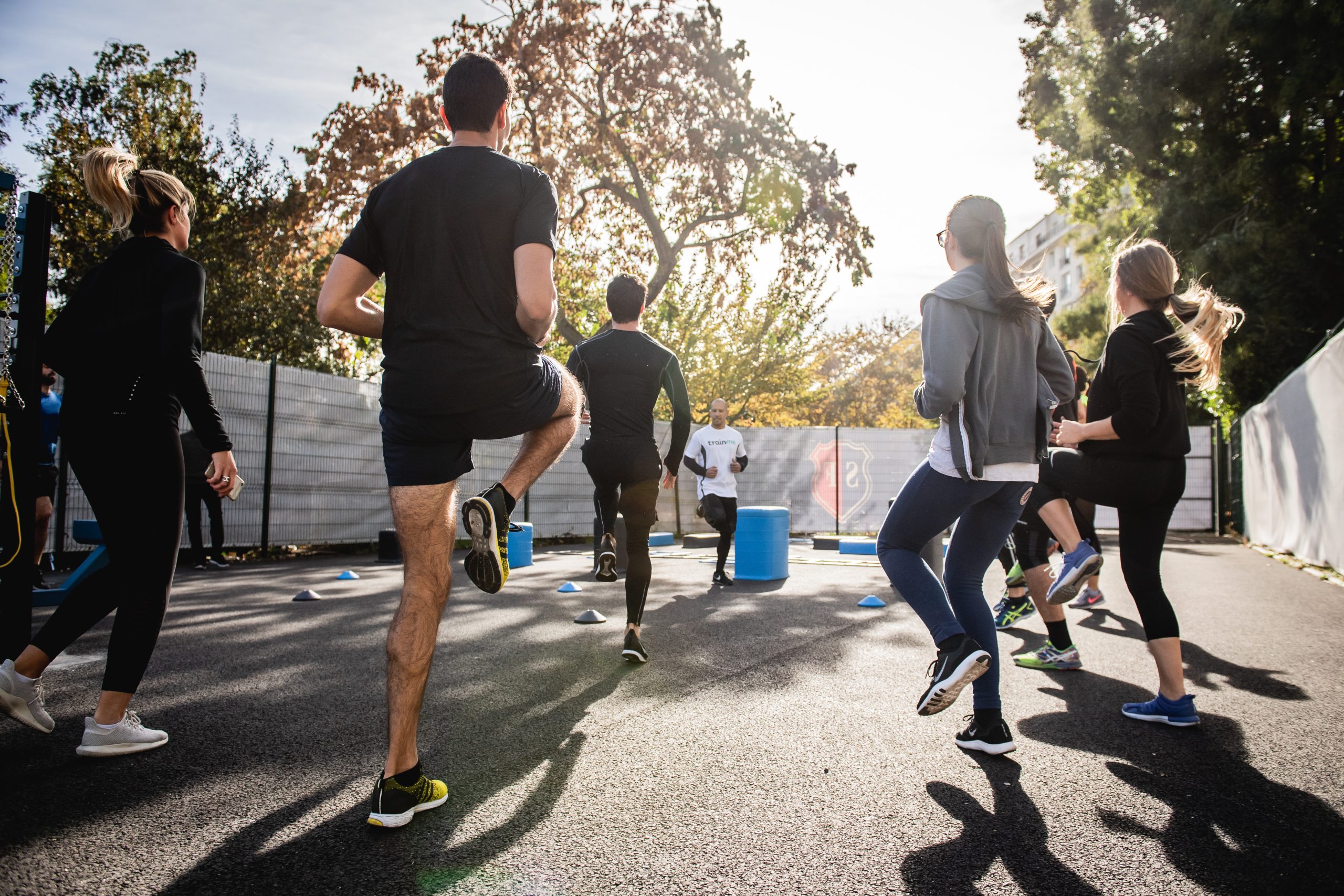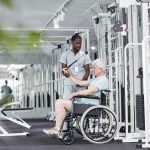
Lower Back Pain Myths
Lower back pain is one of the most common ailments, affecting millions of people worldwide. Despite its prevalence, numerous myths and misconceptions surround the condition, often leading to ineffective treatments and prolonged discomfort. Furthermore, understanding the facts can help you manage and prevent it more effectively. Here, we debunk some of the most common myths about lower back pain.
Myth 1: Rest is the Best Treatment for Lower Back Pain
Debunked: While it might seem logical to rest and avoid physical activity when experiencing lower back pain, prolonged rest can actually worsen the condition. Studies have shown that staying active and incorporating gentle exercises can help reduce discomfort and improve mobility. Additionally, movement helps maintain flexibility and strength, which are crucial for supporting the lower back. Consider activities like walking, stretching, and exercises from your Physiotherapist.
Myth 2: Lower Back Pain Always Indicates a Serious Medical Condition
Debunked: Although lower back pain can be a symptom of serious conditions like herniated discs or spinal stenosis, the majority of cases are due to muscle strain, poor posture, or other benign causes. The majority of lower back pain is not life-threatening and can be effectively managed with appropriate care.
Myth 3: Only Older People Get Lower Back Pain
Debunked: Lower back pain does not discriminate by age. While it’s true that the risk of developing certain types of back conditions, like osteoarthritis, increases with age, young adults and even teenagers can experience lower back pain. Factors such as poor posture, sedentary lifestyle, sports injuries, and poor lifting technique can contribute to injury risk in younger individuals. It’s essential for people of all ages to maintain a healthy lifestyle and practice good ergonomics for prevention.
Myth 4: Heavy Lifting is Always the Cause
Debunked: It’s not the act of lifting itself that causes injury, but rather improper lifting techniques. Using your back muscles to lift heavy objects can strain the lower back. Instead, it’s crucial to lift with your legs by bending your knees, keeping the object close to your body, and avoiding twisting movements. Proper lifting techniques and strength training can reduce the risk of lower back pain related to lifting.
At Pivotal Motion, we specialize in evidence-based treatments tailored to your individual needs. If you’re experiencing lower back pain, our experienced physiotherapists can help you develop a personalized plan to improve your quality of life. Don’t let myths hold you back—seek the right care and take control of your back health today.
If you are having any issues with back pain, get in touch with Pivotal Motion’s Physiotherapy and Exercise Physiologist team today. Our team will be able to discuss with you in more depth on how we can help you. Book online or call us on 3352 5116.






